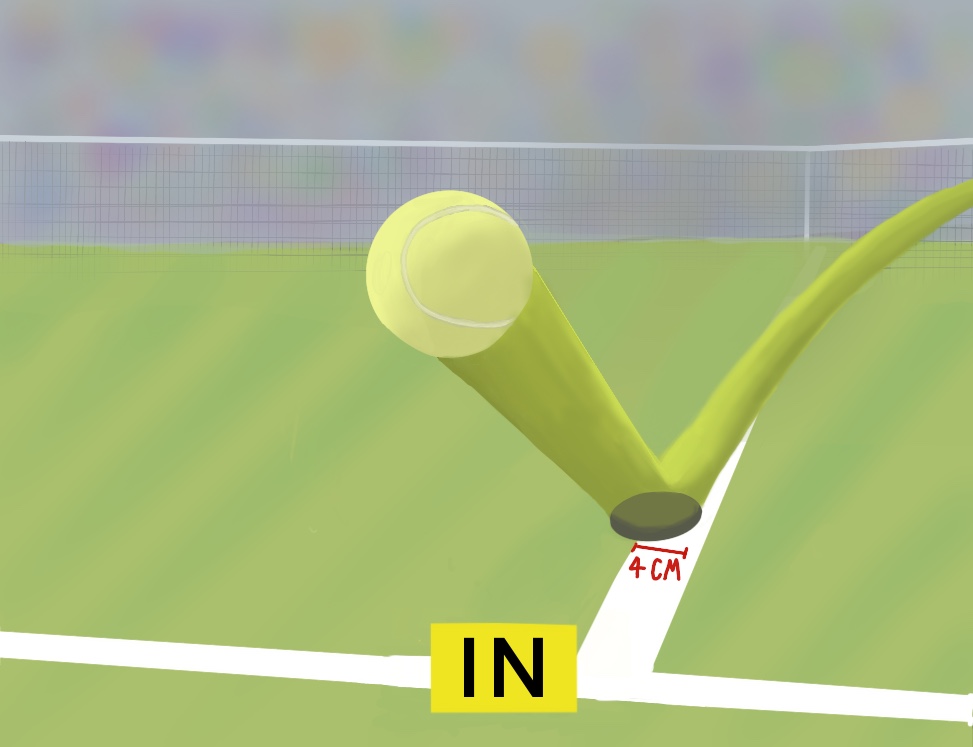The soccer championship game is at its final moments. The score is tied, and there are only 30 seconds left on the clock. Suddenly, the striker shoots the ball, and — it’s in! It seems as if the game is over, but there’s a challenge: the player may have been offside. So will the goal stand? Have they secured the win or not?
These decisions often rely on technologies like instant replays and computer vision systems. In the beginning, technology use for officiating sports were limited to track and field, where photo finishes were used in races to determine winners. Later, Japanese electronics manufacturer Seiko launched an automated timing system in their watches to determine race times to a precision of one-hundredth of a second. It was also in 1963 in the annual Army-Navy Football Game that instant replays were first used to review plays.
These technologies have changed the way in which many games are refereed and played. As tools like the Video Assistant Referee (VAR) in soccer have grown in usage over the past decade, the number of fouls and red cards has decreased, but so has the amount of time when the ball is in play.
Soccer player Stanley Chen (10) believes that VAR is a helpful tool that ensures that the right calls are made, especially because human referees’ judgments may be more inaccurate compared to machines.
“I think generally VAR is a good thing because it reduces the human error that might happen on the field,” Stanley said. “Since it’s computer based, it makes next to no errors. If VAR wasn’t used, there’d just be a lot more controversial decisions because the ref obviously can’t see everything at once.”
Sports like baseball, volleyball and tennis now utilize the Hawk-Eye system, which determines the trajectory of a ball, allowing referees and umpires to accurately make out-of-bounds calls. However, the use of refereeing technology has not come without controversy. Tennis players, like 22-time Grand Slam winner Rafael Nadal, have criticized the Hawk-Eye system for incorrectly calling balls in and out of bounds.
In the 2007 Wimbledon men’s singles final, a judgment by Hawk-Eye within one millimeter, less than the guaranteed accuracy of 3.6 millimeters, raised questions about the potential inaccuracies that came with the new technology. Varsity boys tennis player Jeffrey Zhang (11) acknowledged the advantages and shortcomings of both machines and human umpires.
“If Hawk-Eye needs to be used at a crucial point, there’s a debate whether or not you really want to rely on Hawk-Eye versus a human eye referee,” Jeffrey said. “The Hawk-Eye is supposed to be fully accurate, but I’ve seen clips where it really looks like the ball is in, and the Hawk-Eye says it’s not. So I do think it has its pros and cons, and in general, there should be both Hawk-Eye and a referee.”
Oftentimes, the use of technology during a match can interrupt the game itself for substantial periods of time, as referees must go to monitors to watch replays or wait for a message in their earpiece. Upper school assistant athletics director Alfredo Alves believes that these tools are generally beneficial to sports and do help deliver more accurate results, but he also noted how they may also have the unintended consequence of impacting the dynamics of the game itself.
“I do feel like it does affect the flow of the game because it takes time when they review,” Alves said. “There was one game where a couple of plays back to back were reviewed, and it just took away from the game. So overall if a team has momentum and the review stops the time, then that can change a lot. On the other hand, if a coach doesn’t have any time outs and the other coach challenges, they can use that time to discuss with their team.”



